
How To Fix Common Fitness Issues
Let’s look deep into the realm of mobility, seeking to address and resolve common issues that seem to plague nearly everyone on their fitness journey. Once you’ve addressed these issues, you’ll see significant improvements in those challenging muscle groups that have been difficult to build.
Initiating the Shoulder Health Assessment
- Lie on your back with your elbow at your side and your arm bent at a 90-degree angle.
- Assess your ability to achieve a complete 180-degree rotation while keeping your shoulder firmly pinned to the floor. Difficulty in rotating backward indicates potential issues with external rotation.
- Challenges moving forward suggest problems with internal rotation. Internal rotation issues might be influenced by unfavorable sleeping positions and other factors.
- Shoulder health is crucial for overall mobility and well-being.
Improving External Rotation with the Band and PNF
Let’s break down the process of improving your external rotation with the band and the concept of Proprioceptive Neuromuscular Facilitation (PNF).
Step 1: Applying Traction
First, take that band and wrap it around your shoulder. The purpose here is to apply traction to your shoulder, effectively resetting the joint to its proper position. This initial step sets the stage for improving your range of motion and mobility.
Step 2: Using the PVC Pipe for Leverage
With the band in place, now we proceed to the next crucial step. Extend your elbow outward to the side so that your arm forms a 90-degree angle. This position is crucial for isolating the issue and preparing for correction. Here’s where the PVC pipe comes into play. Take it and wrap it around the back of your arm, securing it with your non-working hand. The PVC pipe acts as a leverage tool, allowing you to apply controlled force and pressure to your shoulder.
Step 3: Engaging in PNF (Proprioceptive Neuromuscular Facilitation)
- PNF is a key technique for shoulder issues, involving muscle contraction and stretching simultaneously.
- It overrides the body’s natural protective mechanisms to improve range of motion and flexibility.
- In PNF, actively resist stretching for about five seconds, then relax and hold the stretch for an additional five seconds.
- This cycle is repeated for progressive improvement in the range of motion.
- Combine the band, PVC pipe or stick, and PNF to effectively address external rotation problems in the shoulder.
- This enhances mobility, regains lost range of motion, and promotes fitness progress.
Restoration Over Discovery: Prioritizing Mobility for Improved Strength
- The primary goal of mobility work is not to discover a completely new range of motion that your body has never experienced. Instead, the focus is on restoring the natural range of motion that you previously had.
- Over time, due to factors like sedentary lifestyles, muscle imbalances, or injuries, individuals can lose the full range of motion they once possessed.
- Achieving proper mobility isn’t solely about stretching muscles or improving flexibility. It’s about optimizing the position of your joints and enhancing the function of the structural muscles that support those joints. These structural muscles, such as the rotator cuff in the shoulders, play a critical role in maintaining joint stability.
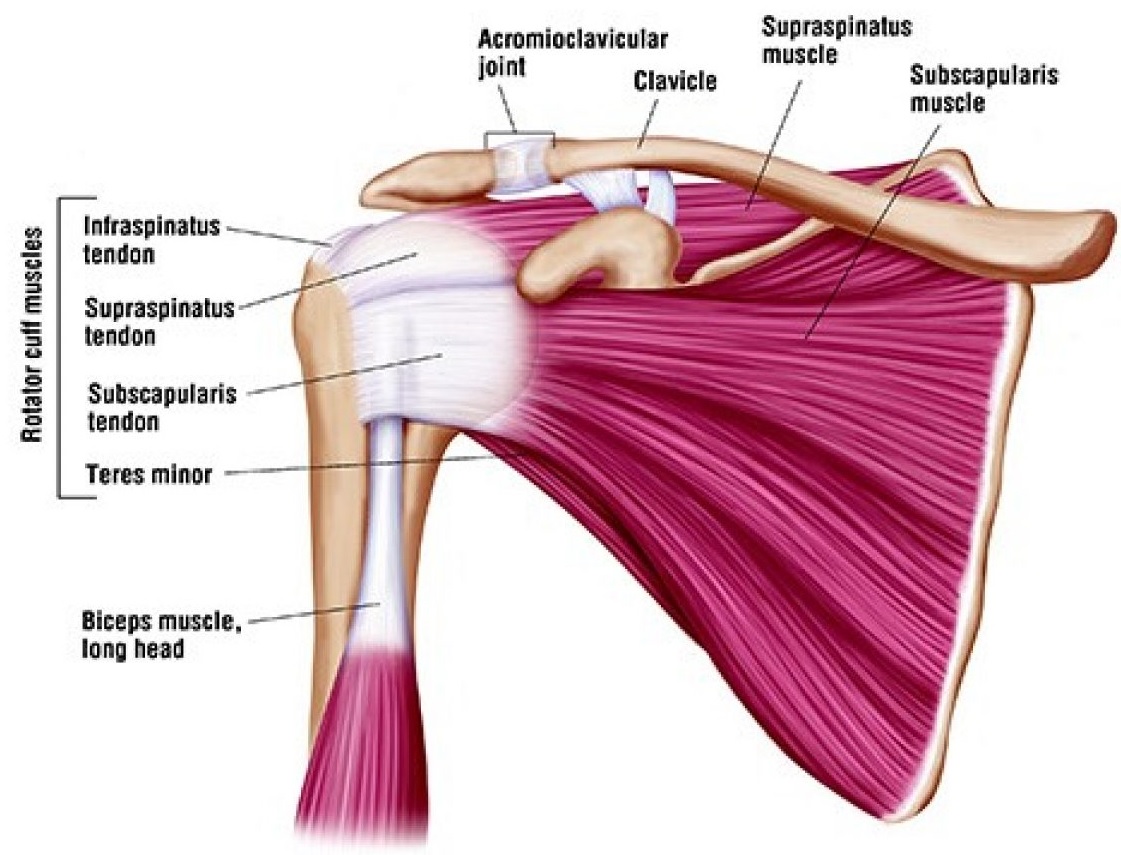
The Relationship between Mobility and Strength
Improved mobility doesn’t just benefit your ability to move more freely; it directly impacts your strength. When your joints are in their proper positions and your structural muscles are working optimally, the body part you’re about to train can generate force more effectively.
Quick Relief for Tight Muscles
- To tackle tight muscles leading to external rotation problems in the shoulders, a blend of internal and external rotation exercises is employed.
- By internally rotating the shoulder while applying controlled force, you initiate a deep stretch, and then gradually work the muscle back into external rotation. This method not only helps relieve tightness but also prepares your shoulder for improved mobility during your workout.
- To effectively address shoulder mobility issues, you can perform the exercise for a specific number of repetitions (e.g., 10 to 15 reps) and sets (e.g., three sets) on both sides.
- Consistency and proper form are key to achieving the desired results.
Optimal Shoulder Mobility: Enhancing Workouts and Reducing Muscle Strain
Prime Your Shoulders for Effective Workouts:
Addressing shoulder mobility concerns before a workout is crucial, preparing the shoulders for peak performance. This pre-workout routine goes beyond passive stretching and aims to reset joint capsules and activate muscles, enhancing their function rather than simply lengthening them.
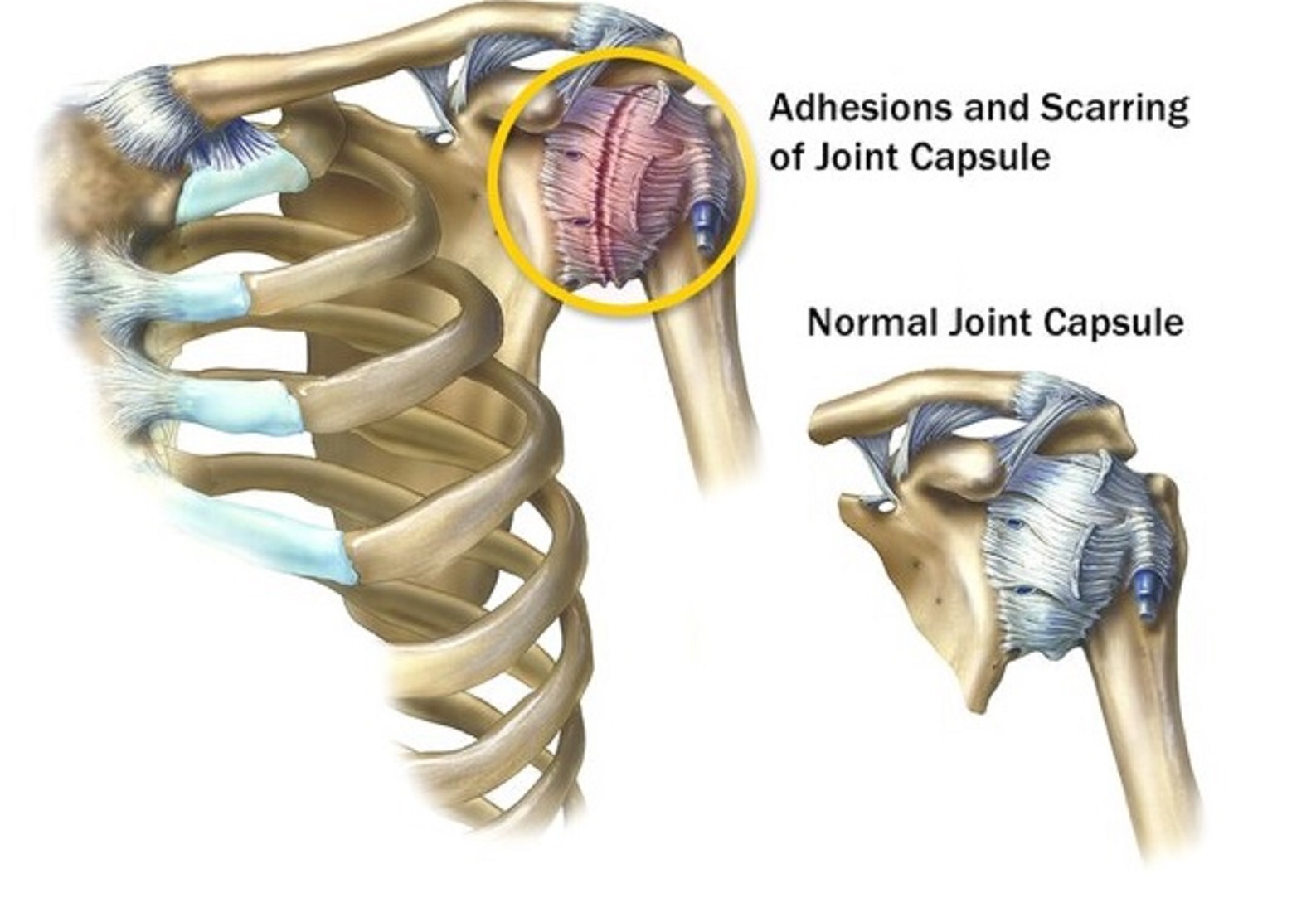
Improved Muscle Activation:
This mobility routine benefits muscle activation by waking up and preparing the muscles for effective contraction, improving performance, and lowering the risk of strain during exercise.
Alternative to Pre-Workout Routine:
- Some may find pre-workout mobility exercises daunting.
- An alternative is: start with stability work.
- Use lighter weights to ease into your workout and focus on stability.
Identifying Mobility Issues:
- Identify mobility issues by paying attention to discomfort during pressing movements, like dips.
- Internal rotation problems can cause strain in the deltoid muscles.
- Recognizing these signs helps pinpoint areas that require mobility work.
Detailed Exercise Technique:
- Use a band for traction and resetting the joint capsule.
- The offhand provides leverage to force a deep internal shoulder stretch.
- Recommended time frames: Fight against resistance for five seconds, then hold the stretched position for five seconds.
- Emphasize the importance of relaxing in the fully stretched position.
Repetition and Sets:
Maintaining consistency is crucial in any mobility routine. This involves completing the exercises for a set number of repetitions (such as 10 to 15 reps) and sets (for example, three sets). Following these recommendations guarantees steady progress in enhancing your internal shoulder rotation and overall shoulder mobility.
Addressing Muscle Shortening and Correcting Movement Patterns
Muscle Shortening Due to Mobility Issues:
- Ongoing mobility issues can lead to a potential problem.
- Over time, specific muscles may adjust to a restricted range of motion, resulting in muscle shortening. Commonly observed in chest muscles, often due to tight shoulders and excessively stretched lats.
The Role of Sarcomeres:
- Sarcomeres are fundamental contractile units within muscle fibers. They have a crucial role in determining muscle length and how muscles adapt to various conditions.
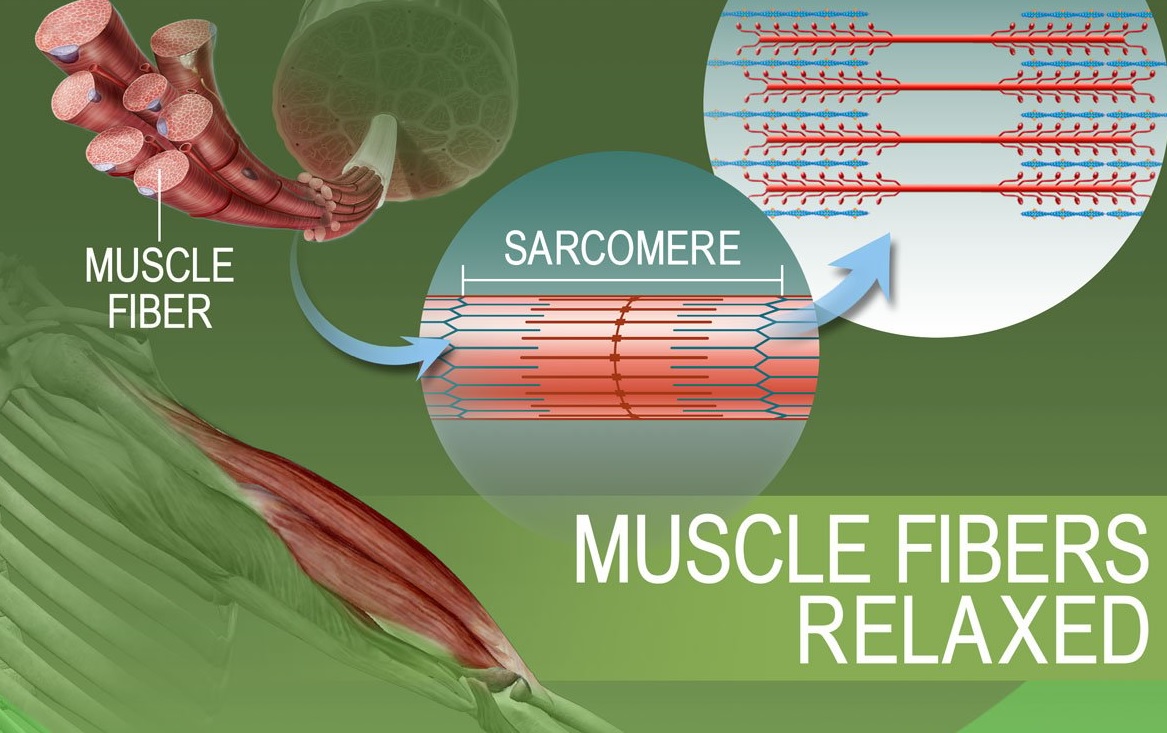
- Consistently working within a restricted range of motion can cause sarcomeres to shorten. This shortening of sarcomeres leads to a tangible reduction in muscle size.
- Traditional sources suggest that this process typically takes 2 to 3 weeks. However, due to long-standing mobility issues, this shortening process may occur more rapidly.
Correcting Structural Dysfunction:
Fixing structural issues from muscle shortening, the mobility exercises aim for long-term correction, emphasizing proper execution to prevent reverting to the previous state.
Incorporating Corrective Exercises into Workouts:
After mobility exercises, actively incorporate the improved range of motion into all your workouts to strengthen the correction process; neglecting it risks losing progress.
Assessing and Correcting Shoulder Press and Thoracic Spine Issues
Pay attention to your performance in the shoulder press exercise; problems here may signal thoracic spine or muscle issues.
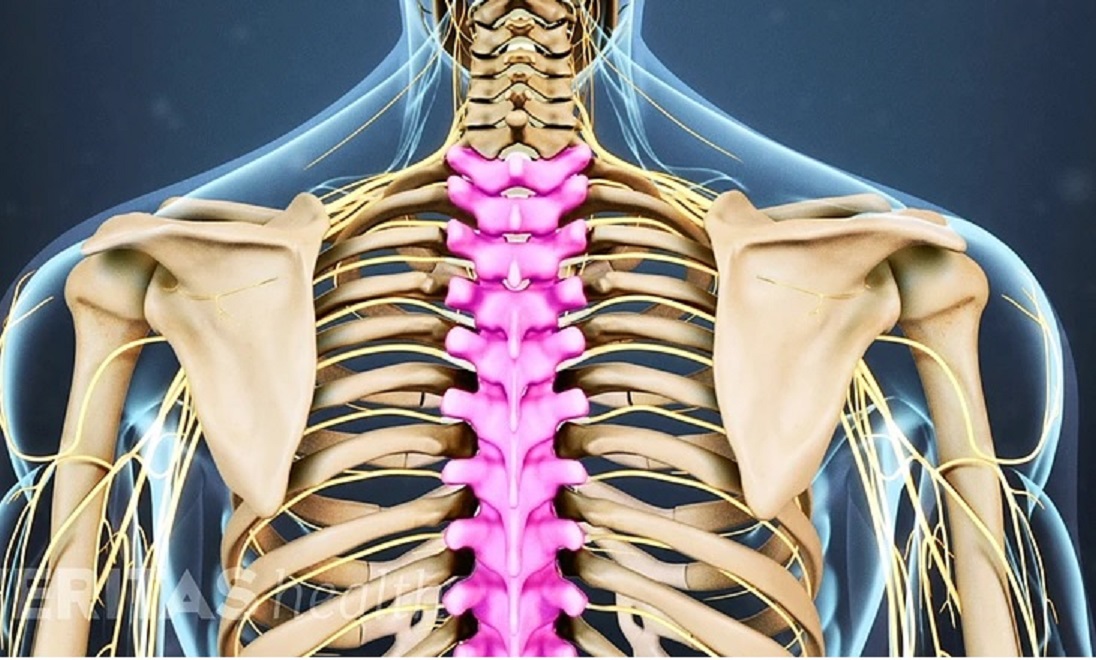
Thoracic Spine and Potential Causes:
- When performing the shoulder press, if one experiences their head jolting forward, it is possible the problem might be due to tightness in the muscles supporting the thoracic spine. These muscles include the traps, rhomboids, and erector spinae.
Using a Dense Object for Self-Treatment:
- To address the issue of tightness in the thoracic spine self-treatment is suggested.
- The idea is to find an object or equipment that provides resistance or pressure, such as a foam roller, barbell, or any dense, heavy object.
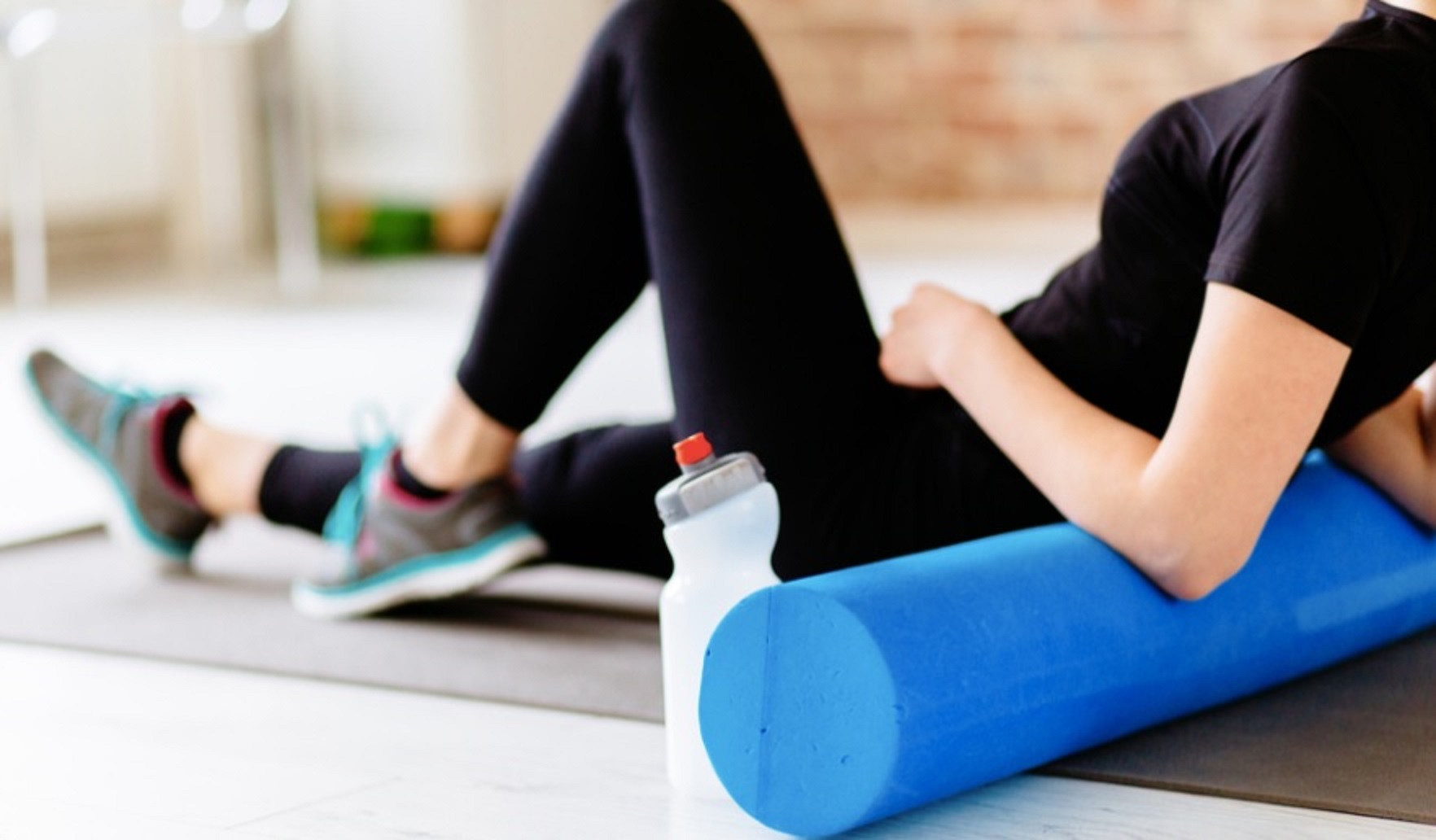
Flexing and Extending for Progress:
- Pinpoint areas where you feel tightness or issues within the thoracic spine. Use an interlocking-finger method.
- Flex and extend your body over a chosen dense object. Encouraging regular repetition of this exercise could address thoracic spine tightness.
Alternative to Foam Roller:
- A cost-effective alternative to an expensive foam roller is using a barbell, which can be set on a squat rack. By bending and stretching over the barbell, you can achieve similar benefits for your thoracic spine.
- The key to making the most of this movement is to raise your hips when your body flexes forward and lower them as your body extends backward.
Addressing Lower Back and Hip Issues in Strength Training
- These problems often result from inadequate training of the lower back, leading to muscle weakness and tightness.
- Solutions involve exercises targeting the lower back and hip muscles.
- A favorite suggestion is the “reverse hyperextension” exercise known for its benefits in strengthening these areas.
Immediate Relief Using a Band:
- Immediate relief for lower back and hip problems can be achieved using a resistance band.
- The technique involves lying on your back and securing the band high on your leg for traction.
- Similar to the classic back stretch from physical education classes.
Complexity of Squat Movement:
- Squats are complex multi-joint movements in strength training.
- Many factors can go wrong, and random movements are not a solution.
Correcting Hip and Glute Issues:
- An approach is recommended to address hip and glute problems, mimicking deep squat issues.
- It involves using a bench, going into a deep lunge, and adding hip traction using a band.
Fixing Knee Collapse in Squats:
- Another common issue is knees collapsing inward during squats, linked to adductor muscle problems.
- A squat variation is recommended, involving a “PNF” approach against a wall to address knee collapse.
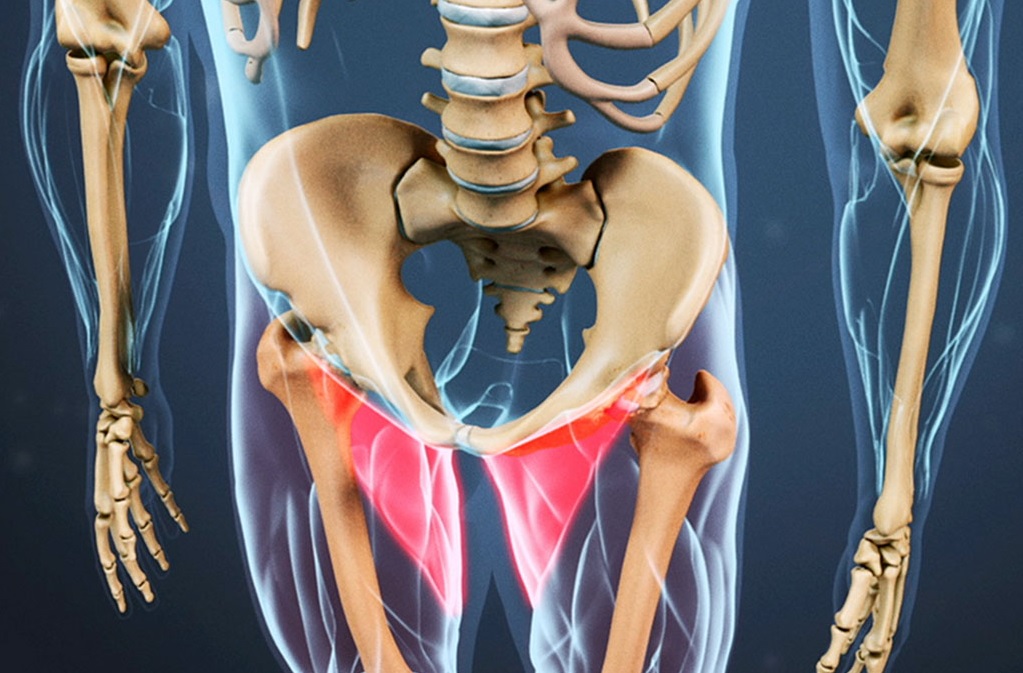
Addressing Hamstring Issues in Strength Training
Recognizing Hamstring Issues:
- Hamstring problems may not be easily noticeable by observing squatting techniques.
- You could use the stiff-leg deadlift exercise to better identify hamstring issues related to flexibility and movement.
Signs of Hamstring Issues:
- When performing the stiff-leg deadlift, two common responses can indicate hamstring problems.
- Some individuals may struggle to engage or move their hamstrings effectively during the exercise.
- Others might compensate for hamstring tightness by overusing their lower back muscles, possibly due to improper training or form.
Quick Fix Using a Band:
- A “quick fix” to address hamstring problems and focus on hamstring lengthening involves using a band to apply traction to the hip from behind.
- Aims to release any additional dysfunction present in the hip area.
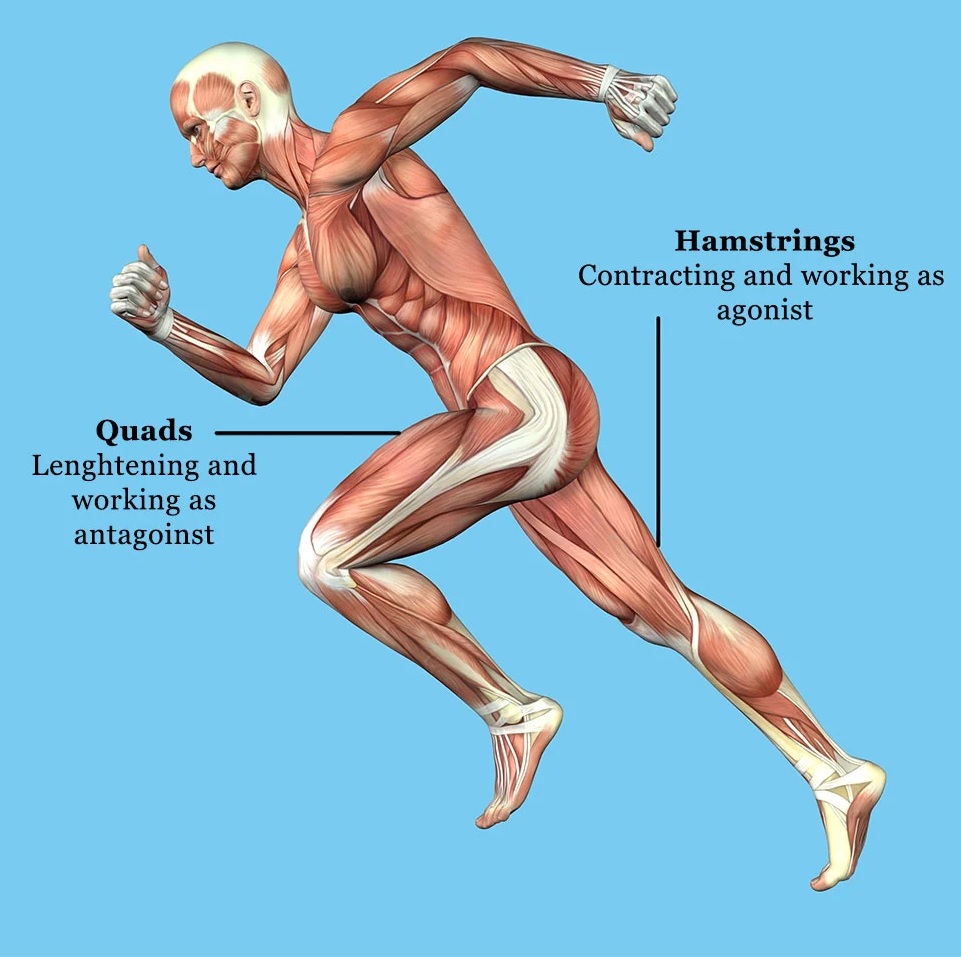
Correcting Ankle Issues for Improved Squats
Identifying Ankle Problems:
Many people’s squatting form may seem strange, as if they’ve had a traumatic experience, leg injuries, amnesia, or never received proper guidance. The root of this awkward squatting is attributed to neglect, especially in terms of ankle mobility and function.

Comprehensive Solution:
- There is a solution to tackle a range of problems related to ankles, including issues like tight Achilles tendons, calf stiffness, and limited ankle joint mobility. This solution is designed to address these problems comprehensively, to improve a person’s ability to perform squats more effectively.
- The recommended solution involves the use of a band. To apply this solution, one should wrap the band around the top of their foot. This positioning aims to help reset normal function in the ankle joint.
- With the foot on a plate, the person can drive their knee forward and out. This action is crucial, especially driving the knee outward, as it mimics the movement pattern desired in a deep squat.









